The best ski goggles for visibility on the slopes, recommended by experts
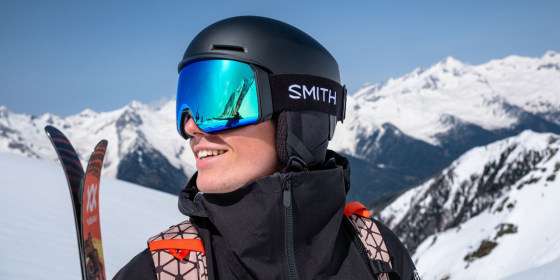

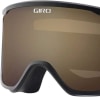
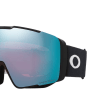
Based on expert advice, I kept these factors in mind while choosing the best ski goggles:
Want more from NBC Select? Sign up for our newsletter, The Selection, and shop smarter.
The list below includes expert picks and personal favorites of the expert shoppers on the NBC Select team.
These extra-large goggles from Smith offer a “birds-eye view” of the slopes, which allows for a 25% wider field of view than other Smith lenses, according to the brand. The wider view comes from the lenses being curved at the bottom, according to Rojek, who likes these goggles for its locking mechanism and interchangeable, weatherproof magnets that help to firmly anchor the lenses in position. The goggles are also anti-fog and made with a sweat-wicking face foam. It also has proprietary Chromapop lens technology, which enhances the clarity and color of your vision while skiing, according to the brand. Cerra also likes that the goggles come with two lenses with different tints — one for bright light and one for low light.
Type: spherical lens goggles | Material: plastic
NBC Select associate reporter Bianca Alvarez is a big skier, and she loves using these goggles while out on the slopes. The lenses use an airflow technology to allow ventilation while you’re skiing to help prevent fogging, and use a compression foam to ensure a cozy fit, according to the brand. Smith says the goggles are designed to be used in all weather conditions, and include a lifetime warranty with purchase.
Type: cylindrical lens goggles | Material: plastic
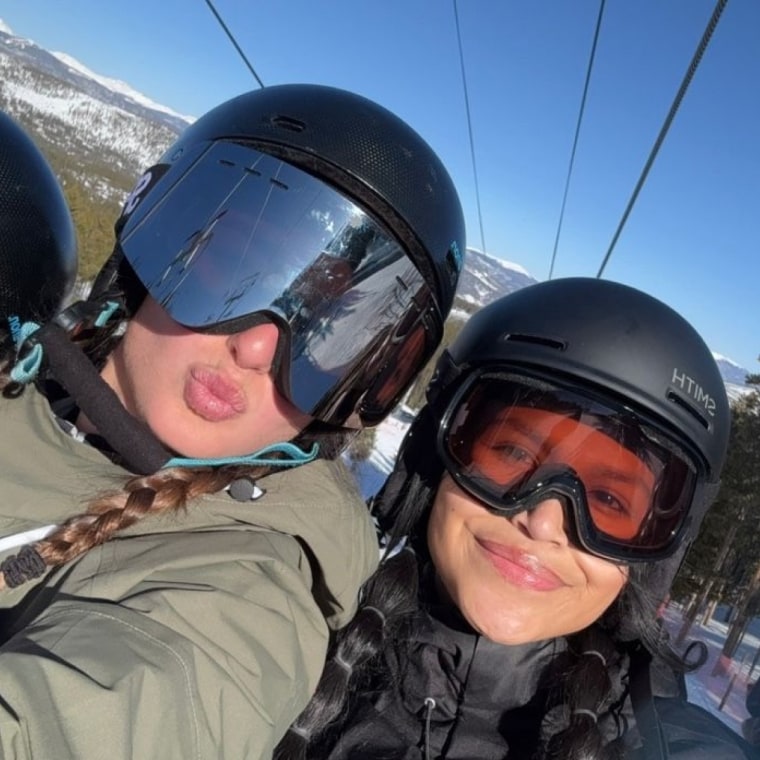
NBC page Ella Morrissey has been skiing for years, and has tried a wide range of different goggles. However, her favorites are this pair from Giro, which she says fits perfectly around her head. She likes that the goggles have great visibility and the foam insulation around the goggles keeps her eyes comfortable after hours of usage. “Whether I’m skiing during the day or at night, the visibility is great and keeps the snow and sun out of my eyes,” she says.
Type: cylindrical lens goggles | Material: plastic
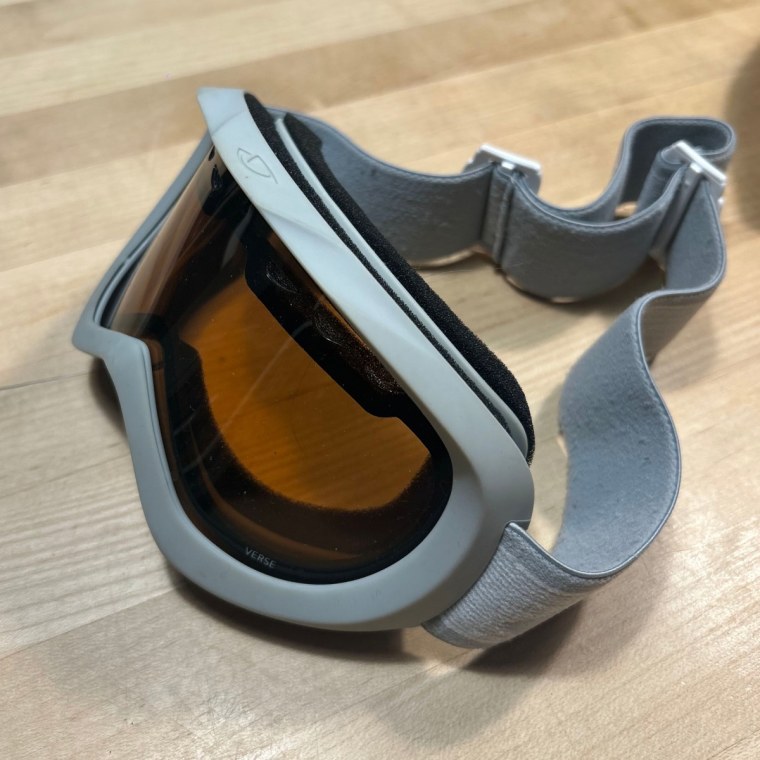
Rojek likes these Oakley goggles for their large, spherical lens shape, which is inspired by the visors of pilots and are designed to give you a larger field of view, according to the brand. The lenses have an anti-fog coating for max clarity, and uses Oakley’s High Definition Optics technology to help your vision adjust to the light and snow conditions on the mountain. Although this pair isn’t magnetic, the lens can be quickly and easily interchanged and still have a complete seal to stop cold or snow from getting inside, according to the brand. The goggles also include a bag for storage and tools for helping to keep the lens clean.
Type: spherical lens goggles | Material: plastic
These goggles from Oakley are Cerra’s go-to pair. “Their patented Prizm lenses are my all-time favorite and this specific model comes with two lenses,” she says. The goggles also include the brand’s Switchlock technology, which allows for easy lens changes, and a single-layers lens that Cerra says she finds “very helpful for any distortions, refractions & reflections while skiing or riding”. The lenses also offer 100% protection against UVA, UVB and UVC rays, according to Oakley.
Type: Interchangeable lens goggles | Material: bio-resin
These goggles are available in a wide range of fun colors and lens tints, which is why Rojek recommends them as a great option for kids. Their cylindrical lens gives the wearer a wide view without any distortion, and includes double-layered foam that provides cushion and comfort out on the slopes, according to the brand. The lenses also have an anti-fog coating and can be interchanged with other compatible lens options.
Type: Cylindrical lens goggles | Material: plastic
Before you make a final decision on which ski goggles are right for you, there are a few things you should consider, including the goggle type, the lens type, the fit, and the price.
There are many types of lenses, all designed to accommodate the wide range of weather conditions you can experience while skiing. Rojek says that most goggle brands will include blue light filters on their higher-end models, which helps to add contrast to overcast days. Although lens tints (which help to balance the brightness/contrast of different weather conditions) will vary, a few common lens types include:
To keep your lenses clear on the slopes, Cerra suggests carrying along a microfiber cloth for easy on-the-go cleaning.
Fit and Comfort: Both experts say that it’s very important to wear goggles that feel comfortable on your face. To find the best fit, Rojek suggests shoppers try on a few lens sizes to find what works best for your face shape. They also recommend bringing your helmet along when heading out to shop for goggles, to make sure your ski goggles of choice integrate well with your equipment.
Price: Ski goggles can range in price from around $40 on the lower end to over $350 on the higher end; to find the best pair for you, both experts suggest making sure to consider how much you’re willing to spend on your goggles of choice.
At NBC Select, we work with experts who have specialized knowledge and authority based on relevant training and/or experience. We also take steps to ensure all expert advice and recommendations are made independently and without undisclosed financial conflicts of interest.
I’m an associate SEO reporter for NBC Select covering skin care, wellness, lifestyle and more, including writing pieces on the best hand warmers and thermal underwear. For this piece, I interviewed ski and snowboard experts to find out everything you need to know about the best ski goggles, including their product suggestions and advice on how to shop for a pair of your own.
Catch up on NBC Select’s in-depth coverage of tech and tools, wellness and more, and follow us on Facebook, Instagram, Twitter and TikTok to stay up to date.